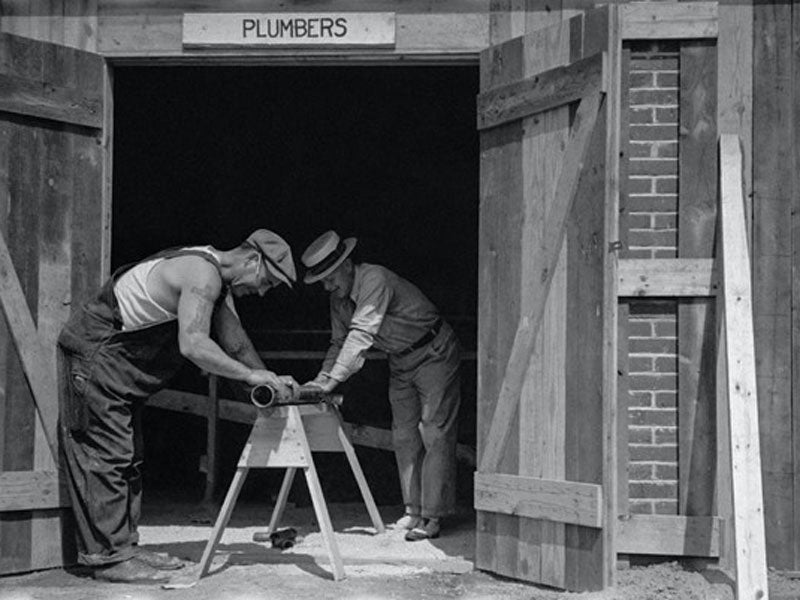Most Common Plumbing Problems Homeowners Face – How to Fix

Your plumbing system is made out of a number of intricate components. Each component has a vital role to play in determining the success or failure of your system.
Plumbing problems can arise unexpectedly and without warning. Here are some of the most common plumbing problems homeowners face, plus how to fix them.
Low water pressure
When your water pressure drops, it can be difficult to figure out what the problem is. Here are some steps you can take:
- Check the water pressure gauge on your faucet and make sure it’s not stuck or broken. If you’re using an older model faucet, this may be a common issue.
- Look for leaks in your home by turning off all of the faucets in your house and checking for wet spots in various places around your property. If you find any leaks, contact a plumber immediately because they could be serious problems that require immediate attention.
- Check with neighbors for signs of low water pressure or leaks as well if there is no evidence of any in your own home; this will help narrow down potential causes (if not eliminate them entirely).
If none of these suggestions work, something more serious has likely gone wrong somewhere else within the house’s plumbing system and will need repairs from professionals like ours here at Plumbing Plus!
Water Heater Leakage
Plumbing problems can be a major hassle to deal with, but if you know what to look for and how to prevent them from occurring, it will be easier for you to keep your plumbing in good condition. Water heater leaks are one of the most common problems that homeowners face. If a water heater leaks, it can cause significant damage and leave mold or mildew on surrounding surfaces.
Water heater leaks are caused by corrosion of the tank itself or its pipes (leaking at the fittings). The most common type of corrosion is caused by hard water deposits around the bottom of an electric water tank that has been installed in acidic soil conditions. A leaking pipe may also result from sediment buildup inside pipe joints due to poor installation practices or improper maintenance/cleaning methods, which use chemicals that corrode copper piping over time.
A quick fix when dealing with a leaky fixture (such as a toilet) is usually all that’s needed before calling a plumber–but if you suspect there’s something more serious going on, such as corrosion causing cracks on plastic pipes underneath your house, then your best bet would probably be just contacting one anyway because they’ll have better tools than anything else available here outside working hours anyway!
Busted Pipes
If you just had a pipe burst, your first priority is to clean up the mess. Call a plumber to come and fix it as soon as possible.
- To prevent busted pipes, you may want to install steel pipes instead of PVC or copper ones. Steel pipes can handle extremely high-water pressure better than other types of pipes. They are also less likely to burst because they’re made with thicker walls than most other kinds of plumbing material (including plastic).
You can also add another layer of protection by installing an alarm that will warn you when there’s too much pressure in your plumbing system; this will give you enough time to shut off
- the water before any damage happens. If you see bubbles forming around your faucets or showerheads after using them for several minutes at a time, this could be a sign that something has gone wrong inside one of your valves.
Leaking Faucet
A leaky faucet can be a minor annoyance, but it can also be a significant source of water waste. Whether you have a leaky faucet or are just looking for ways to save money on your water bill, fixing a leaking faucet is an easy DIY project that will not only get rid of the dripping sound but also save you money over time.
To do this yourself:
- Turn off the water supply at the stop valve in your home’s main water line. This will stop any more water from entering the pipes under pressure and prevent flooding if there is already some leakage present inside them (which would likely happen if they’re older than six decades). You’ll need to turn this back on when finished with this fix and ready for use again.
- Locate where your plumbing connects with each fixture by tracing down each pipe as far as possible toward where they meet up with it; these are likely points where leaks could occur (as well as areas where sediment buildup may have occurred). If possible, disconnect these connections so they aren’t affected by what comes next: removing old putty or flange gaskets around their edges using pliers before installing new ones made specifically for this purpose (it’s best practice).
Blocked water line
If your water line is clogged, there are a few ways to unblock it. You can use a plunger or purchase a snake tool at your local hardware store. If you’re not sure if there’s a clog in the line, turn off all of the faucets and flush toilets until they drain completely. This will help determine which faucets need clearing first before unblocking begins.
Once you’ve located where the blockage occurs, insert your snake tool into the drainpipe and “feed” it slowly down into the trap—the space between pipes where wastewater collects before flowing down into pipes leading to sewer or septic tanks below ground level—to break up any buildup that might be contributing to blockage problems.
Plumbing problems can be frustrating, but they’re also easily fixed. If you’re having issues with your plumbing, it’s best to get a professional to help you. They will be able to diagnose the problem quickly and fix it without causing further damage or overcharging you for parts and labor costs. Get in touch with us to fix these common plumbing problems and breathe a sigh of relief.
RECENT POSTS
categories
Archives
2024
2023
2022
2021
2020
2019
- December (2)
- November (2)
- October (2)
- September (2)
- August (2)
- July (2)
- June (2)
- May (2)
- April (2)
- March (2)
- February (2)
- January (2)

